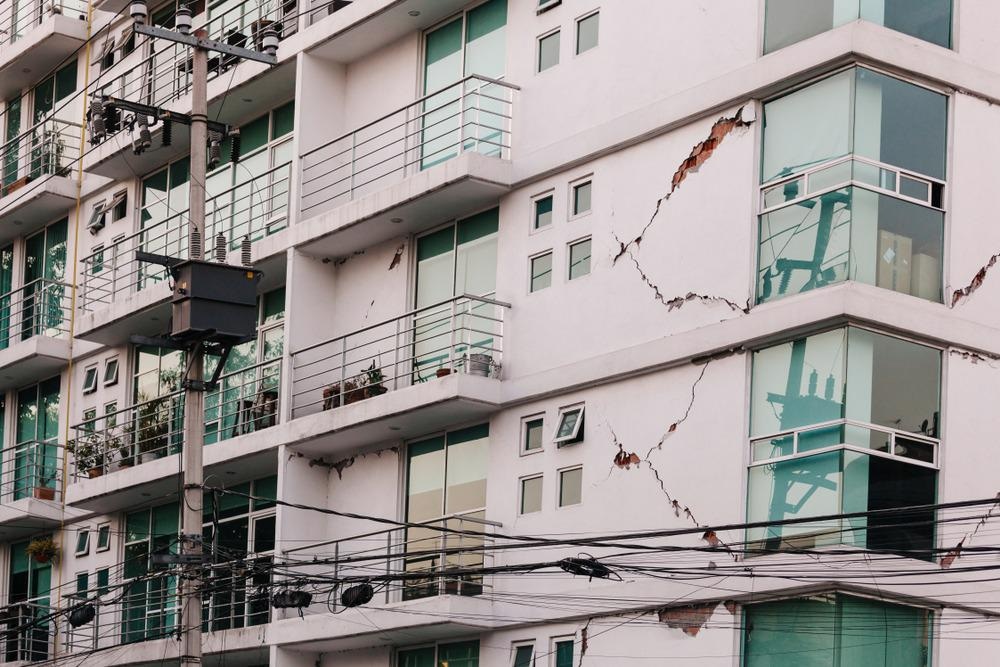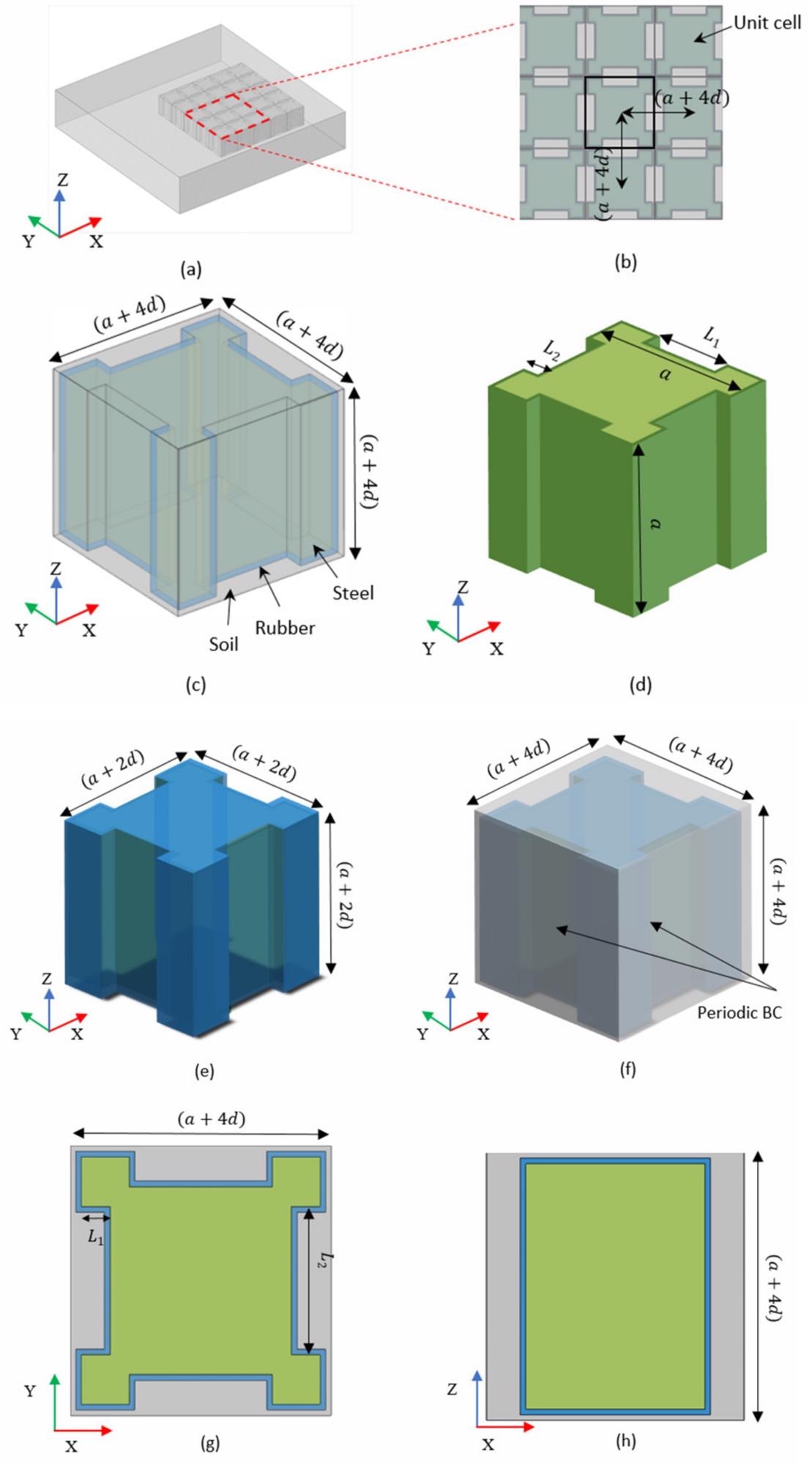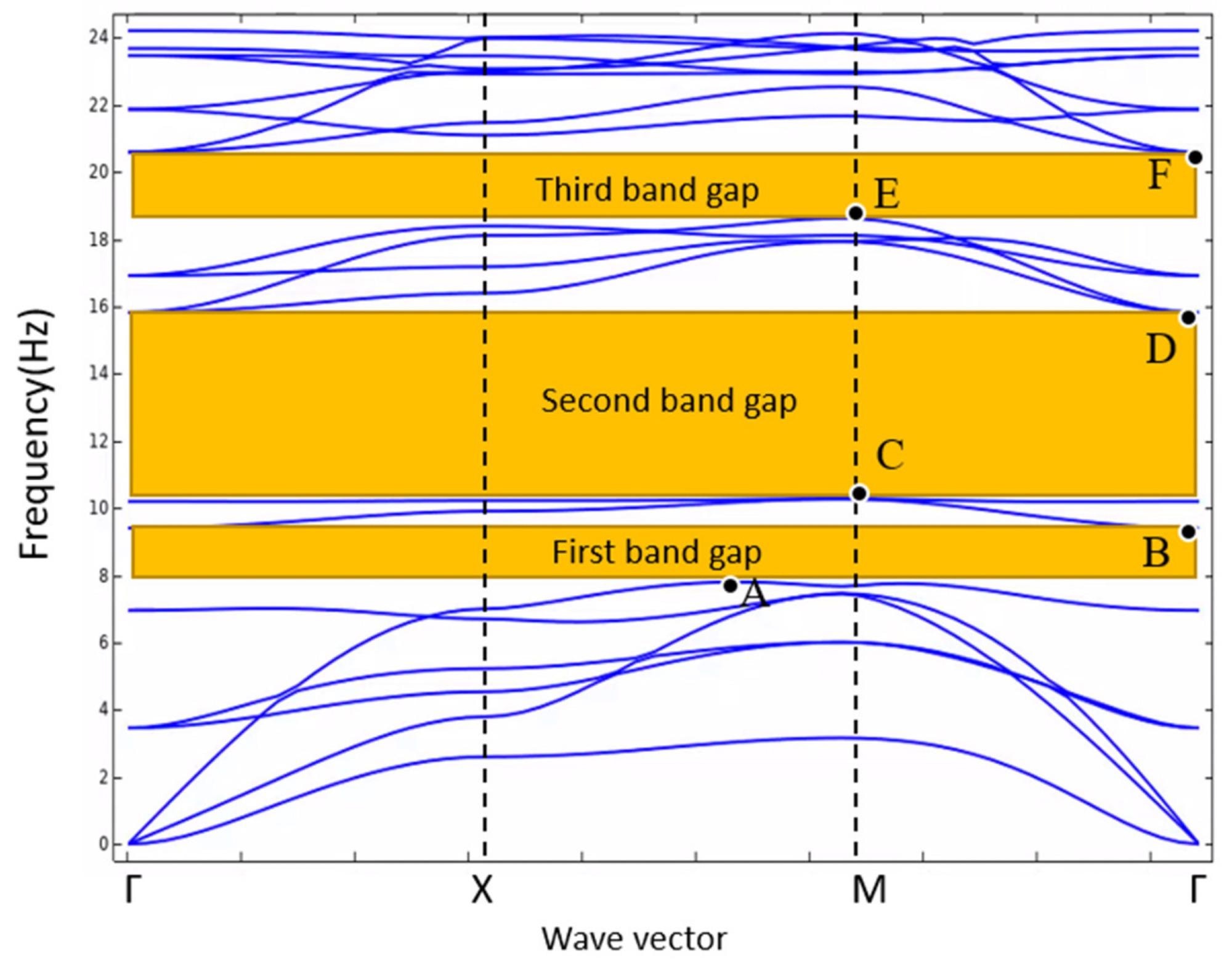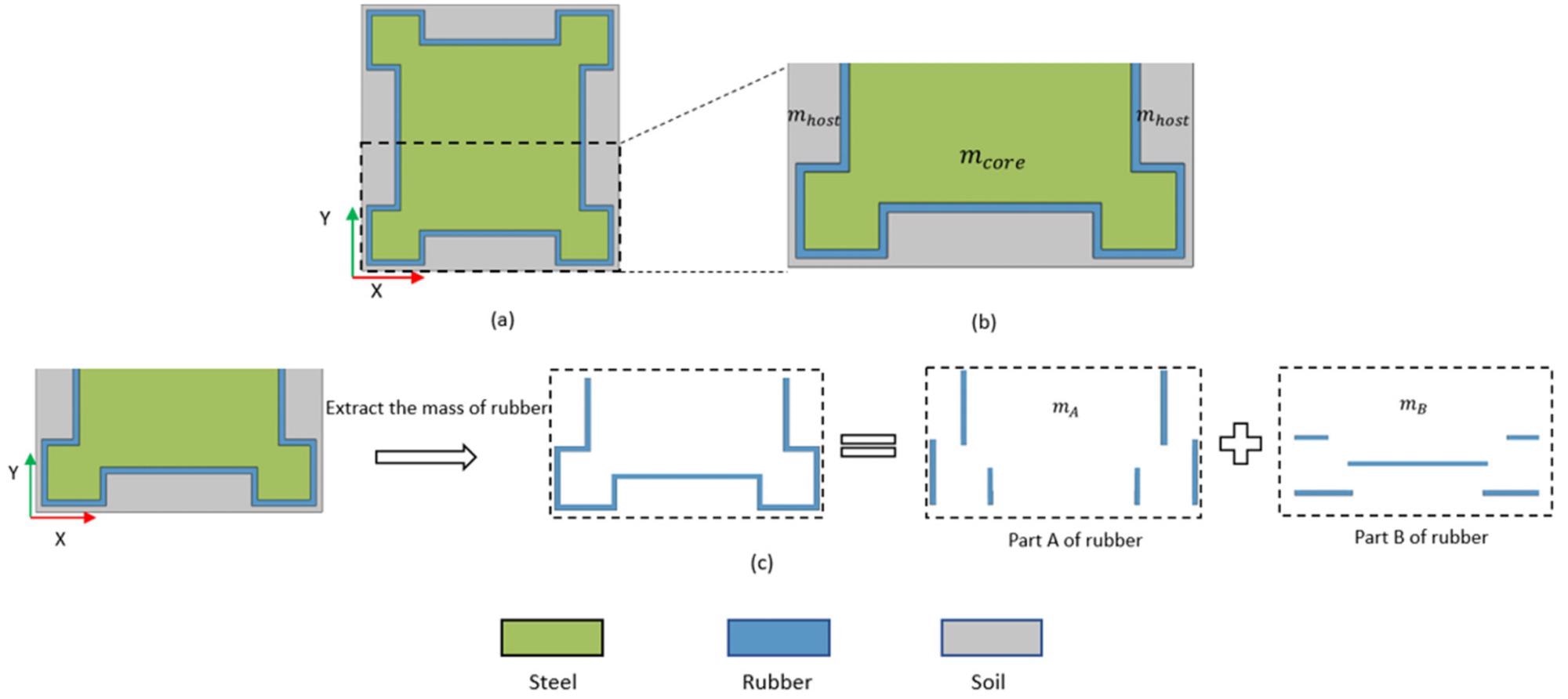 By Surbhi JainReviewed by Susha Cheriyedath, M.Sc.Feb 10 2022
By Surbhi JainReviewed by Susha Cheriyedath, M.Sc.Feb 10 2022In an article recently published in the open-access journal Materials, the researchers reported a ternary seismic metamaterial based on the concept of phononic crystal. They also demonstrated its potential for attenuating low-frequency vibration by generating band gaps.

Study: A Ternary Seismic Metamaterial for Low-Frequency Vibration Attenuation. Image Credit: erlucho/Shutterstock.com
Background
Low-frequency elastic waves can propagate in nearby structures due to transportation, construction, or earthquakes. They can cause structural vibration and machine noise, which can not only ruin civil infrastructure but also impair residents' comfort levels.
The damage to human society and the environment generated by seismic waves is the most severe of all the negative effects caused by low-frequency elastic waves. Traditional seismic resistance methods have some drawbacks. With their intrinsic ability to influence low-frequency elastic wave propagation, seismic metamaterials offer a viable solution to this problem.

Detailed structure of the proposed metamaterial (a) Metamaterial array; (b) Unit arrangement; (c) Unit cell; (d) Steel scatter; (e) Rubber inclusion (including steel scatter inside); (f) Soil matrix (including steel scatter and rubber inclusion inside); (g) Middle cross section on x-y plane (h) Middle cross section on x-z plane. Image Credit: Chen, C et al., Materials
The low-frequency vibration attenuation experiment of the soil drilling array is the first large-scale outdoor seismic metamaterials experiment. In order to determine the bandgap and evaluate the capability of seismic metamaterials towards vibration attenuation, finite element analysis methods are used.
Several studies have presented the construction of seismic metamaterial, which may be used to restrict the transmission of low-frequency elastic waves by altering the frequency range corresponding to the elastic wave propagation, in order to limit the damage caused by low-frequency structural vibration.
Many seismic metamaterials with reduced band-gap frequencies were devised to dampen low-frequency vibrations based on the advancement of experiment methodologies and finite element analysis. Although these seismic metamaterials are capable of blocking low-frequency elastic waves lower than 20 Hz, the band-gap range is insufficient. Formulating an effective strategy to improve the seismic metamaterial bandwidth in the low-frequency range remains a topic of considerable interest.
About the Study
In the present study, the authors proposed a ternary seismic metamaterial for attenuating low-frequency vibrations below 20 Hz. The structure of this ternary seismic metamaterial was constructed such that the cubic units made up of steel scatter, rubber coating, and soft matrix were organized in a regular pattern like soil. The effect of material properties and geometric parameters on the band-gap characteristic is examined using a combination of the proposed equivalent mass-spring model and finite element analysis.
The proposed metamaterial's structure model as well as a dispersion analysis for band-gap estimation was provided using the finite element method (FEM). FEM was used to calculate the band gap and analyze the frequency response of the metamaterial. To theoretically examine the bandgap, an analogous mass-spring model was presented. For bandgap optimization, the effect of material and geometric factors of the metamaterial on the distribution of its bandgap was explored.

Band structure of the proposed metamaterial, the yellow bands represent three omnidirectional band gaps. A, B, C, D, E, and F are six boundary points of three band gaps. Image Credit: Chen, C et al., Materials
Observations
In this study, the researchers observed that the proposed metamaterial structure had a band gap with low frequency and 8.5 Hz bandwidth in the range from 0 to 20 Hz. It was demonstrated through the finite element analysis that the metamaterial blocked the propagation of elastic waves in a reasonably wide frequency range from 0 to 20 Hz.
The analysis of the frequency response showed that the suggested metamaterial was capable of attenuating low-frequency vibrations effectively. The band-gap range estimated by the equivalent mass-spring model was found to be well in agreement with the finite element results.
In the low-frequency range of 0–20 Hz, the proposed metamaterial structure generated an omnidirectional band-gap with a width of 8.5 Hz, and the low-frequency vibration in the band-gap range was efficiently suppressed.
Furthermore, it was also observed that by correctly raising the scatter's filling ratio, the elastic modulus of the inclusion, or setting the metamaterial array's lattice constant, a band-gap with a lower frequency and bigger bandwidth was created. This research could be useful in the mitigation of low-frequency vibrations in infrastructure like nuclear power plants.

(a) Middle cross section of unit cell on x-y plane; (b) A half of the middle cross section of the unit cell on x-y plane, mcore and mhost is the mass of steel scatter and soil matrix, respectively; (c). The process of dividing rubber into part A and part B. Image Credit: Chen, C et al., Materials
Conclusions
In conclusion, this study proposed a ternary seismic metamaterial to reduce structural vibration generated by the low-frequency elastic waves. The band-gap characteristics and the frequency response factor are derived using FEM analysis. The theoretical band-gap frequency range of the metamaterial structure is then calculated using an analogous mass–spring model.
The proposed equivalent mass–spring model's results are in good agreement with the FEM results. On this basis, the optimization of band-gap characteristics is investigated by modifying the geometric and material properties of metamaterial components.
The researchers emphasized that the equivalent mass-spring model can be effectively utilized to compute the band-gap range in a more convenient way. The authors believe that this research could lead to a new understanding of low-frequency vibration attenuation.
Disclaimer: The views expressed here are those of the author expressed in their private capacity and do not necessarily represent the views of AZoM.com Limited T/A AZoNetwork the owner and operator of this website. This disclaimer forms part of the Terms and conditions of use of this website.
Source:
Chen, C., Lei, J., Liu, Z., A Ternary Seismic Metamaterial for Low-Frequency Vibration Attenuation. Materials 15(3), 1246 (2022). https://www.mdpi.com/1996-1944/15/3/1246